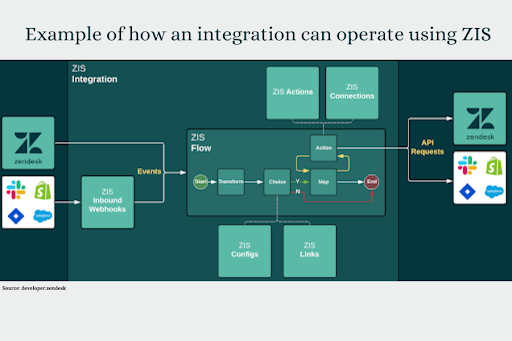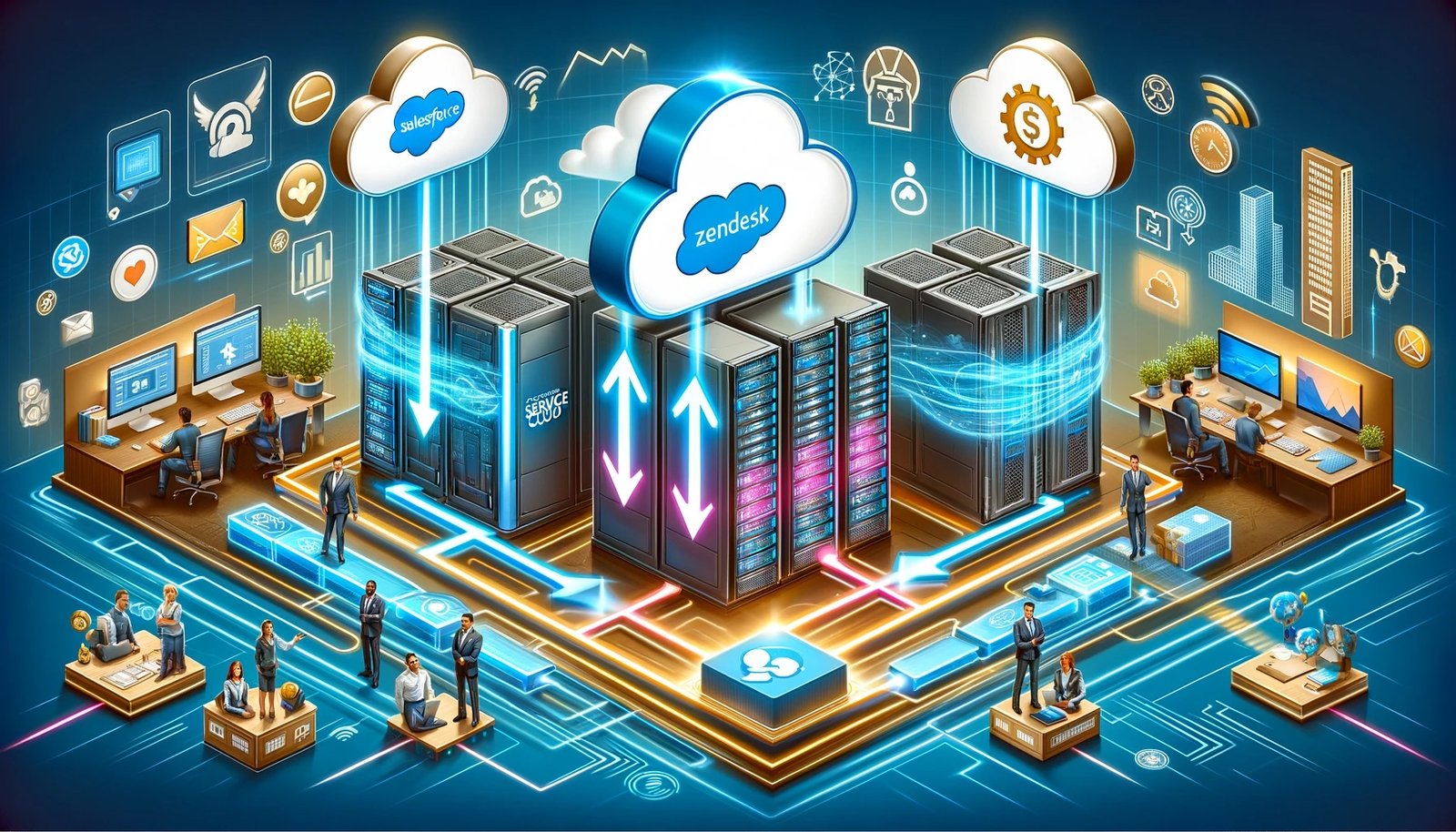Do you think customer service is one size fits all? Well, you are mistaken; it is not! And if you ever think of implementing the same kinda service for every customer, it may take down your business. The truth is every customer has different needs— to fulfill those, a company needs to understand different customer needs and how to cater to them.
On this account, we are here with this blog, in which we will make you bosom buddies with all that relates to customers and their needs.
Without further ado, let’s start!
6 Types Of Customers
To understand the customer needs, first, let’s understand the different types of customers!
- New customers
- Impulse customers
- Angry customers
- Insistent customers
- Discount customers
- Loyal customers
1. New customers
New customers often have questions about their products and may not know how to ask them. They may be in your help center already and are likely looking for guidance through simple issues. Providing a good first-customer experience can create brand loyalty and turn them into repeat customers. Retained customers are easier to convert than first-time buyers due to their trust in the company. Patiently guiding new customers through their problems sets your company up for success. Rotating who handles new customer tickets can also give agents a break from complicated work and remind them that it’s not always about getting bogged down in details.
What new customers need from customer service experts:
- New customers may have basic questions about the product.
- Existing customers may not require upselling.
- New customer needs may involve simple issues, but it’s crucial to serve them well.
2. Impulse customers
Impulse customers are quick to buy but may not always read product details, leading to impulsive calls to customer support. While they may have legitimate concerns, it’s crucial to redirect them as soon as possible. They often contact support centers for product use cases, warranty, or return policies. Having a short, on-brand script can help. Automated responses can save agents time and keep customers engaged. If a customer is frustrated, sympathize, but don’t promise anything out of your purview. While retention should be the goal, helping a customer out of a bad situation should be your top priority.
What impulse customers need from customer service experts:
- The initial approach should be similar to any other ticket.
- If they call prematurely, redirect them as soon as possible.
- Prepare a short on-brand script for questions about product use cases, warranty, or return policy.
- Prioritize helping a customer out of a bad situation over retention.
3. Angry customers
Customers who are not friendly can be frustrating, but it’s important to remember that they are frustrated for a reason. Having a strategy in place for angry customers can significantly impact their experience. Speak clearly and calmly, explaining what needs to be done. Avoid taking rude or hurtful actions, as they may see you as another part of a machine causing trouble. Improving empathy skills can be effective in dealing with frustrated customers, as it allows you to reimagine support. Just because a customer is angry doesn’t mean the rules don’t apply. If the interaction is dead, ask if they want to speak with a supervisor. Collecting customer feedback from angry customers can help improve the next person’s experience.
What angry customers need from customer service experts:
- Implement a strategy to handle angry customers.
- Speak clearly and calmly, explaining what needs to be done.
- Avoid taking rude or hurtful actions as they may see you as a machine.
- Improve empathy skills to better understand the customer’s perspective.
4. Insistent customers
Highly informed customers, who conduct extensive research before making a purchase, often seek more effective solutions before contacting customer service. To handle such customer needs, it’s crucial to offer proof of a more effective solution and provide easy access to informational content. Being polite and accommodating is also essential. However, they can become angry if they feel the support provided is condescending. To boost marketing, ask customers to share their experiences on the company’s FAQ page, allowing them to feel heard and adding user-generated content to the knowledge base.
What insistent customers need from customer service experts:
- Provide proof of effective solutions.
- Be polite and accommodating to satisfy their need for influence.
- Avoid condescending customer support to avoid anger.
5. Discount customers
Discount customers are the opposite of impulse buyers, willing to spend time and effort to find the best deal. They are likely to drop your product or service once the discounted pricing expires. To satisfy discount customer needs, provide clear and complete information about the deal, ensure exceptional service, and provide added value. Keep your sales and customer support teams updated on promotions to avoid bait-and-switch tactics and maintain customer trust. Additionally, offer new or extended offers before the discounted pricing runs out, especially if they are unique to the customer. Going the extra mile might be enough to keep the discount customer satisfied.
What discount customers need from customer service experts:
- Provide clear and complete information about the deal.
- Provide added value by reaching out with new or extended offers.
6. Loyal customers
Loyal customers are a valuable asset to any business, as they are loyal and expect high standards of service. They can be a source of organic marketing and positive feedback on social media. To foster this, organizations should identify loyal customers with relevant context, such as previous issues, purchase history, and contact information. Proactiveness is key, ensuring issues are addressed before they escalate. Offering discounts or loyalty rewards can appease loyal customers and increase their likelihood of recommending the business to others. Overall, fostering a positive customer experience is crucial for success.
What loyal customers need from customer service experts:
- Proactiveness is key, proactively addressing issues before they escalate.
- Offering discounts or loyalty rewards can appease loyal customers and increase their likelihood of recommending the business.
With this, you are all set to mark an exceptional territory in the customer service game, as you are now equipped with different types of customers and their needs. Although we now know how to cater to different customer needs according to customer types, let’s glance at more common tips to fulfill the needs of any customer that comes our way.
Common Ways To Meet Customer Needs
There are certain basic things that we should take into account to cater to different types of customers. So. let’s take a quick look at them.
Provide excellent customer service
- Customer service is a competitive differentiator, even over price.
- 75% of customers are willing to spend more for good service.
- Fast, efficient, and seamless customer support is crucial.
Build customer empathy
- Nearly 50% of customers desire agents to be empathetic.
- 54% prefer companies prioritizing diversity, equity, and inclusion.
- 63% prefer socially responsible companies.
- Customer empathy involves understanding customer experiences when using a company’s products or services.
Predict Customer Needs With AI
- Data is crucial for predicting customer needs, with 2.5 quintillion bytes of data created daily.
- Predictive analytics and AI use science to predict future trends and customer needs.
- Netflix uses AI to tailor watch lists based on demographics, ratings, watch history, and preferences.
- Machine learning-based AI-powered recommendations account for about 80% of Netflix’s content.
Understand Customer Buying Patterns
- Understanding customer context is crucial for predicting needs.
- Season, economy state, and time of day can affect customer demand.
- Data analysis can create more targeted offers.
- Predicting future events based on purchase patterns can tailor marketing offers.
- Mobile data analytics can predict customer response to offers.
But here’s a little twist— understanding customer needs alone won’t make any difference if your support team doesn’t have the right tool to implement it. So, if you are not using any customer service tool, it’s time to implement Zendesk. And if you already have another support software, we can help you migrate your data to Zendesk. Well, why Zendesk, right? Zendesk has many features that other platforms fail to offer. If you want to know what those are, you can go through our Zendesk Integration Services & Benefits blog.
Conclusion
Understanding your customer needs and how to achieve their expectations entails putting them first. Design your business around their goals, and use data to provide excellent client experiences. But do not forget to implement the right tool to provide seamless customer service. If you want to implement Zendesk migration, contact Helpando!





